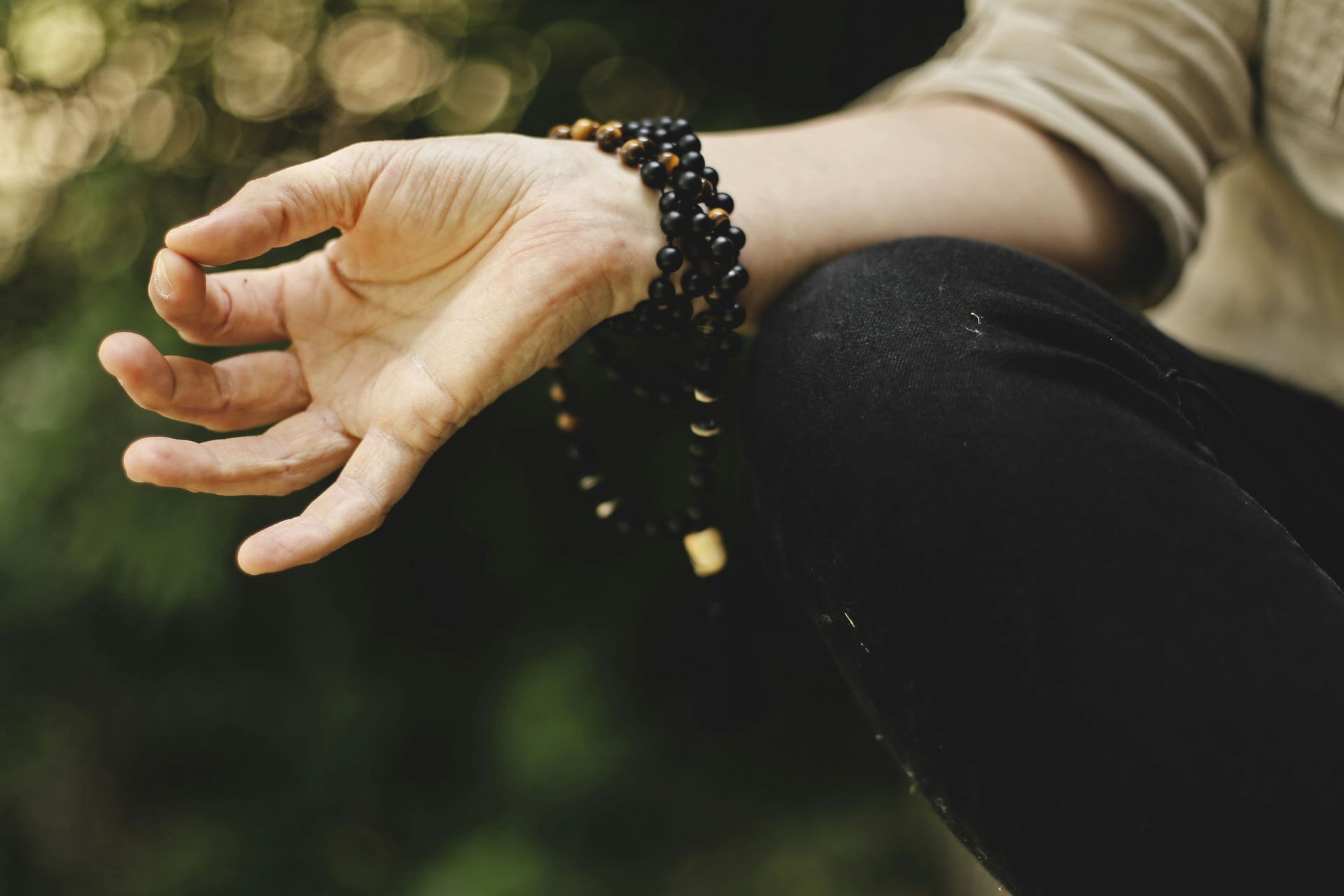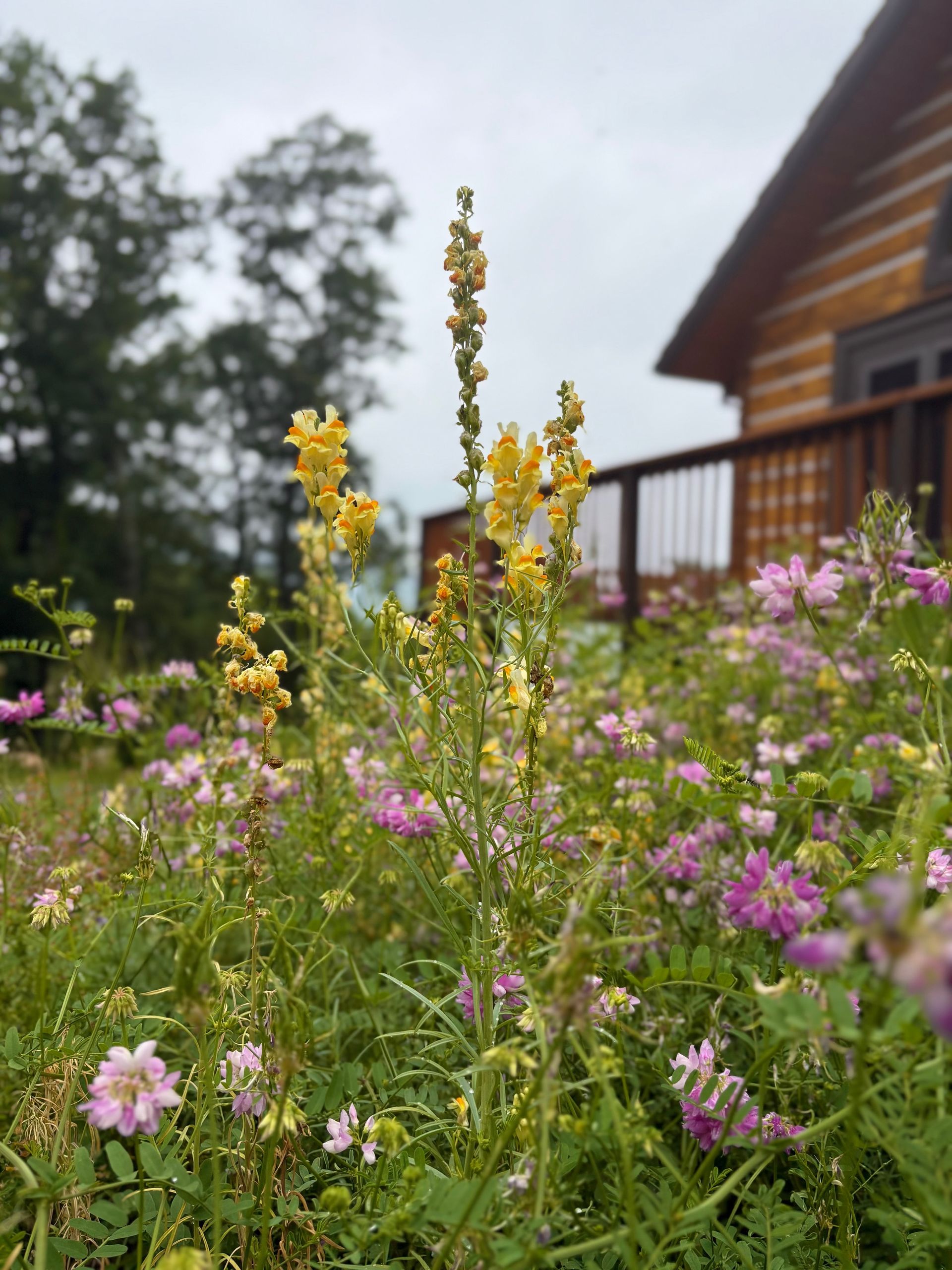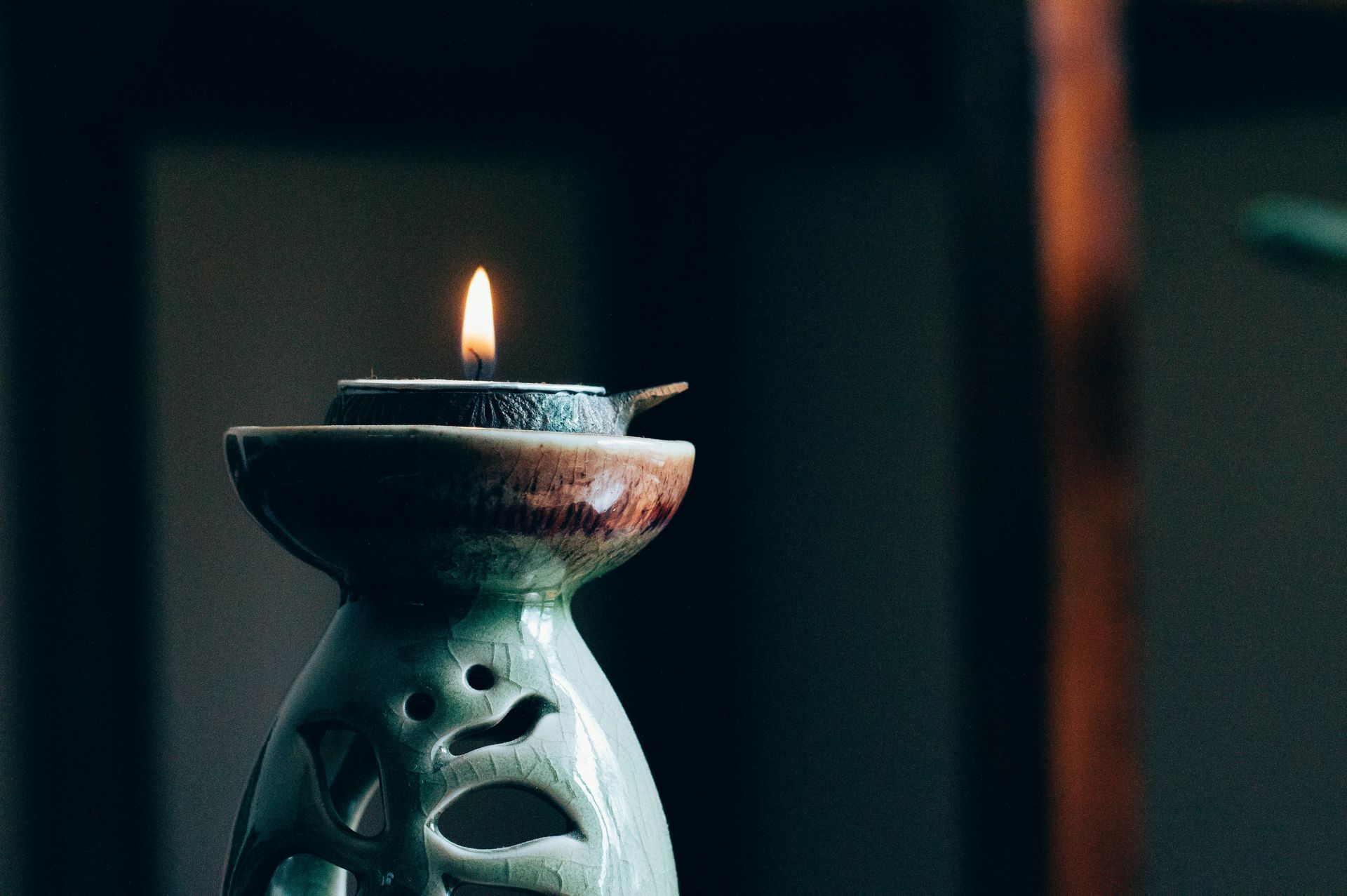Reflection Series
Mindfulness vs. Reflection: Does it have to be one or the other?

I’m a fan of mindfulness, meditation, yoga- these practices have done a lot to help me grow in the right direction. When I can hit my favorite vipassana flow class two-three times a week, I am a better, happier person and a better wife and mother. Yoga and meditation are based on the principals of mindfulness. Mindfulness is the act of focusing ones’ thoughts on the present moment. Generally mindfulness uses our physical experience to anchor our thoughts. Usually a teacher will ask you to focus on your breath, but they could also direct you to focus on how the floor feels where it touches your body or if you notice any aches or pains. Students are asked to acknowledge and dismiss physical, mental, and emotional feelings without judgement. Those yoga classes help me be aware of what I think and feel. It is an amazing means for connecting my body and my mind. More than that, it is a great practice to focus my attention on staying present, being aware of myself, refraining from judgement and valuing growth over comfort.
But many of those thoughts I tried to dismiss in those classes nagged at me like unfinished business. Sometimes those thoughts were as simple as not wanting to try a new position. I might fall I’d think. I would feel the tired in my body. I’d think of that old injury in my neck. Physically I would move my hands and feet, but mentally and emotionally I was ready to give up. That whole exchange would take little more than a second. I’d dismiss those thoughts. I’d focus on my breath. I’d be doing yoga in the present moment. That’s the practice. But those thoughts would come back after or in another class. I would wonder: Where did those notions of giving up on a position that was painful come from? How did that giving up play out in real life? When did that self-criticism take its root? Whose voice was it in my head telling me not to try, telling me I couldn’t, telling me I might get hurt? For as much as this practice has given me in developing focus and in looking at the world anew I felt like I needed more opportunity to consider from where certain nagging thoughts came.
I’m a firm believer that there are many paths to wellness, many tools that can be used to achieve the same results and that the “right” tool for you at a given time is a very personal choice. Some people choose to approach change through body-centered/somatic therapy- utilizing tools like bodywork, breathwork, movement, and mindfulness practices while others prefer mind-focused approaches that include self-reflection, talk therapy, cognitive behavioral therapy (CBT), and other forms of psychotherapy. Some people use both at the same time. Other people change their preferred approach depending on where they are in their healing journey.
Yoga and meditation are valuable, and they are a popular tool these days. For me both reflection and yoga were the right answer. I can’t just go to class 2-3 times a week and zone in for an hour and become a more well-adjusted person. Sure, my arms are a little more defined. Sure, the ways I tell myself to listen to my body and opt out of negative self-talk rewire my brain. Yoga and meditation make me more resilient to those thoughts in the future. They even make me more aware of them in the moment, but I also found value questioning those experiences that had me escaping from the present, questioning my abilities, avoiding pain.
We are, all of us, a culmination of our experiences. Yoga is a great tool, but it doesn’t have to be an exclusive tool. For me, reflecting on where these constant recurring thoughts come from is just as much a tool in becoming a whole person tied to my past and reaching for a future where I can be even better. To do that, yes, I need to focus on the present without judgement and with faith in my abilities. But to really rewire my brain and connect to my body, I must reflect and answer those nagging, interrupting questions that are begging to be healed.
When I’m holding the space of teacher and walking along side someone on their healing journey, I try to be very aware that they get to choose what is right for them in each moment. The healing process should be fluid, holistic and individually driven. That means for some people I hold space for just a moment, while for others I may provide a beneficial safe space for a long while. Very often I work in partnership with practitioners of other specialties. If you're interested in taking some time reflection and yoga in a supportive environment, check out our upcoming Back-to-Basics Gathering.





